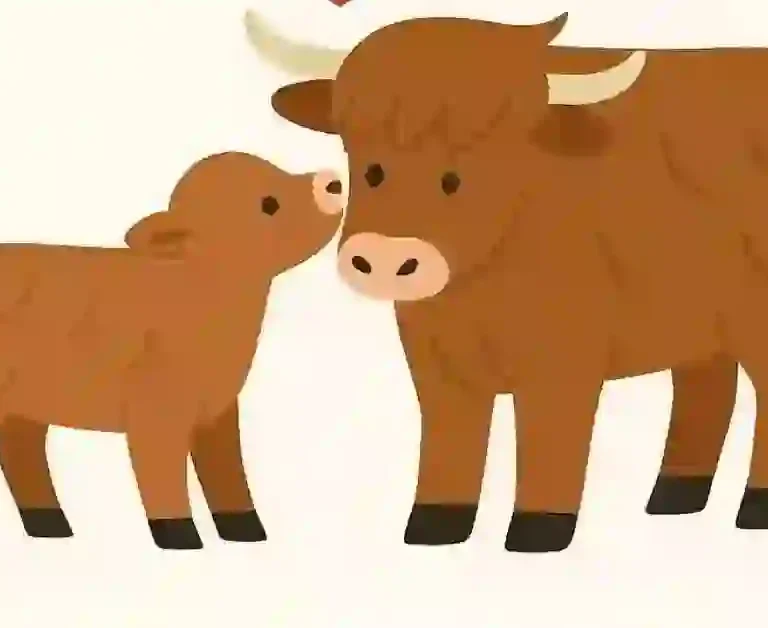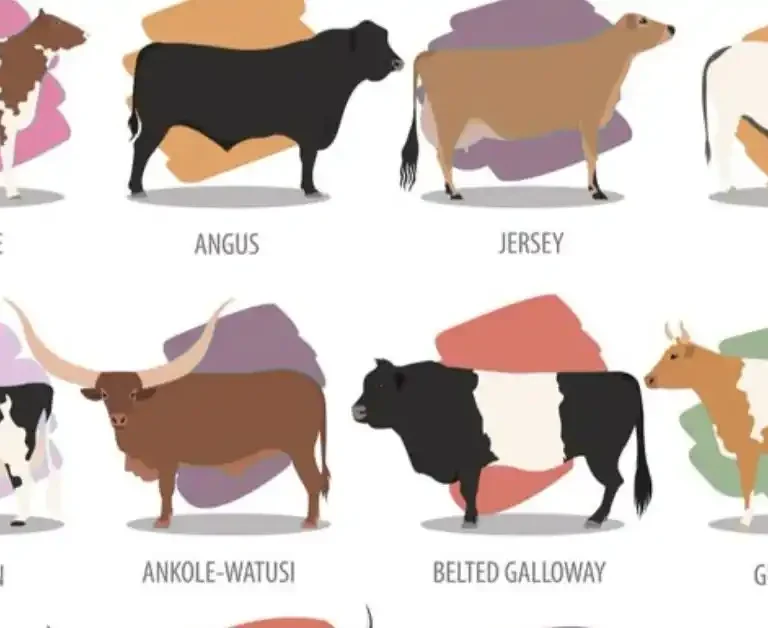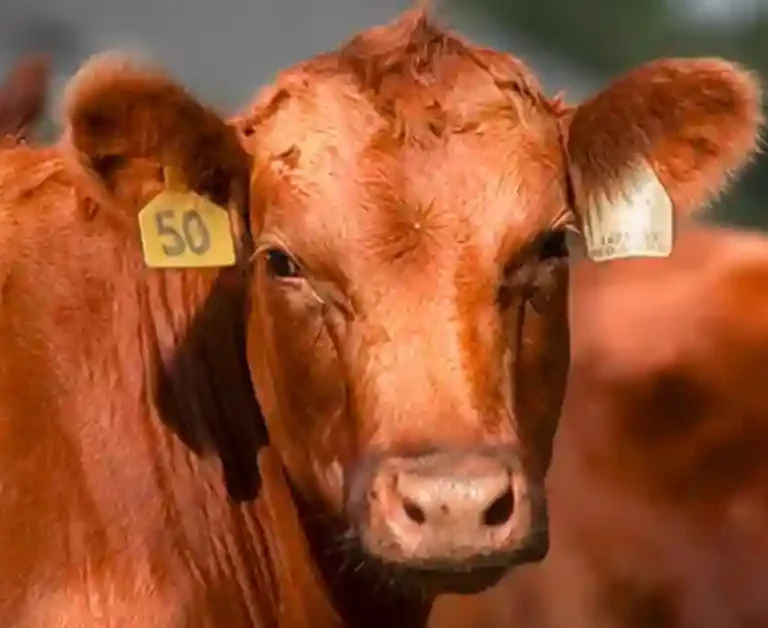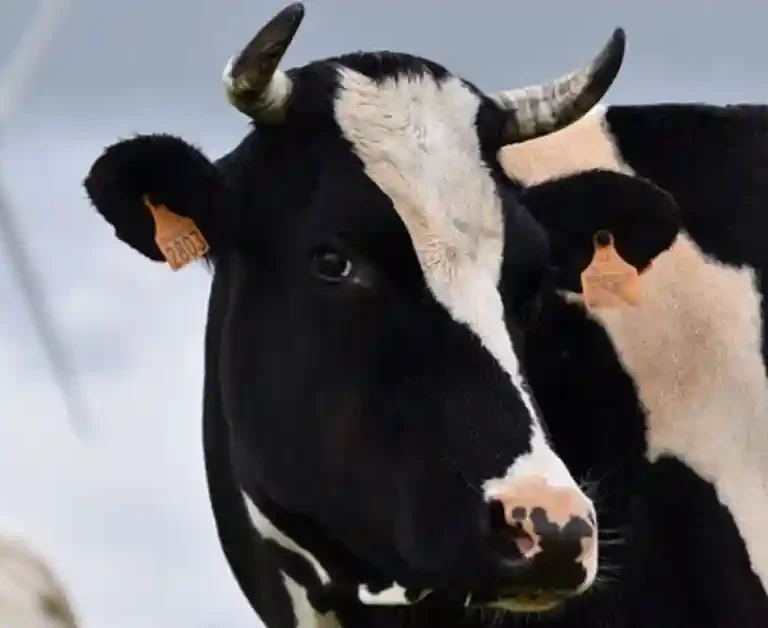Wagyu Cows: History, Types, and Why Their Beef is the World’s Finest
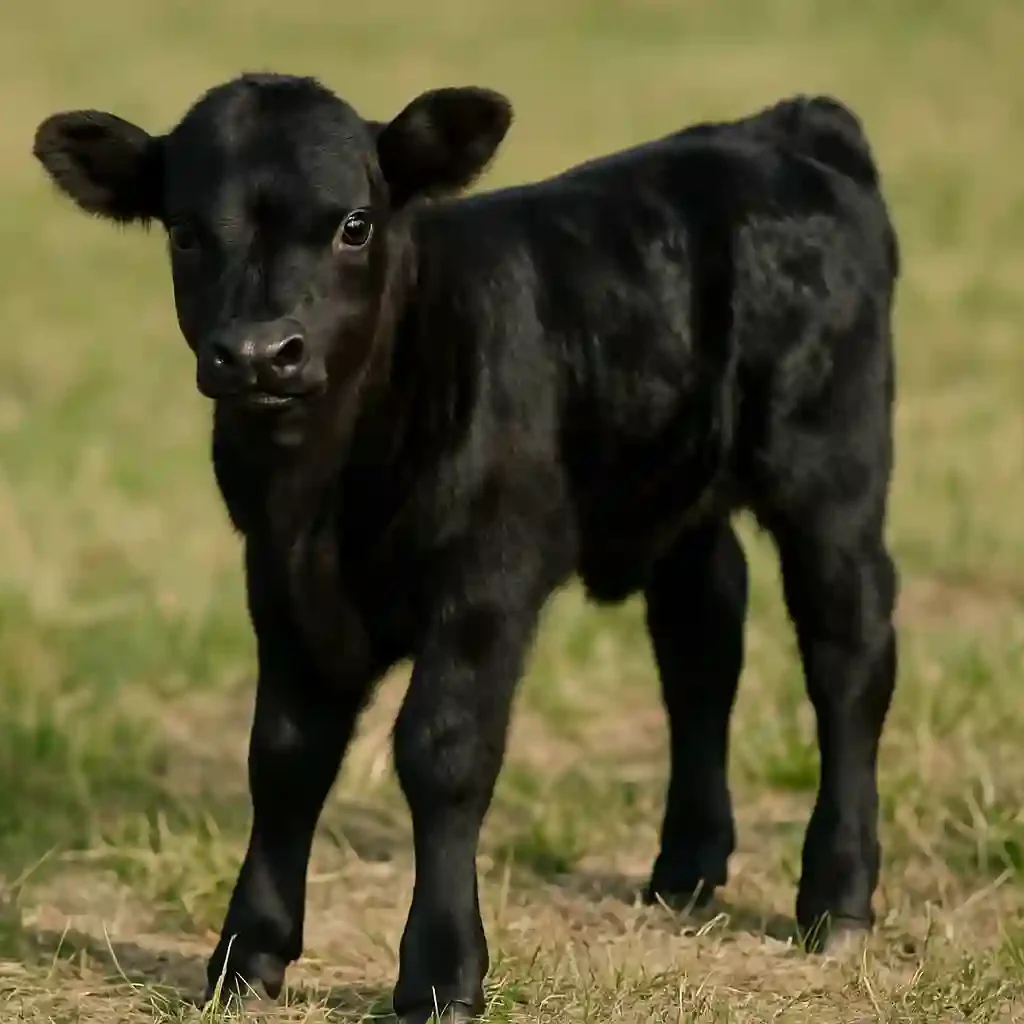
In the picturesque landscapes of Japan, the Wagyu cow story unfolds. It is a journey of culinary excellence and unmatched taste. They were born from a lineage of revered cattle breeds. The commitment to raising these animals with care takes centre stage.
In serene pastures, they eat nutrient-rich grasses. This lays the foundation for the marbling masterpiece that defines the Wagyu cow. I have always been fascinated by the world of superior beef. One breed that stands out for flavour, kindness, and luxury is the Wagyu cow beef.
In this article, we’ll look at the origins, features, food, and future of Wagyu cattle. Join me on this journey through the remarkable world of Wagyu cow.
Origins and Heritage of Wagyu Cows
Wagyu cattle have roots in Japan, bred for agricultural strength over centuries. The term “Wagyu” means “Japanese cattle.” It shows where they come from and what makes them distinctive. Japanese agriculture valued these cattle.
Later, they became famous for their great beef. The heritage of Japanese Wagyu is a testament to Japan’s ties to these extraordinary cattle. It shows their cultural and historical importance.
Wagyu Cows History in Japan
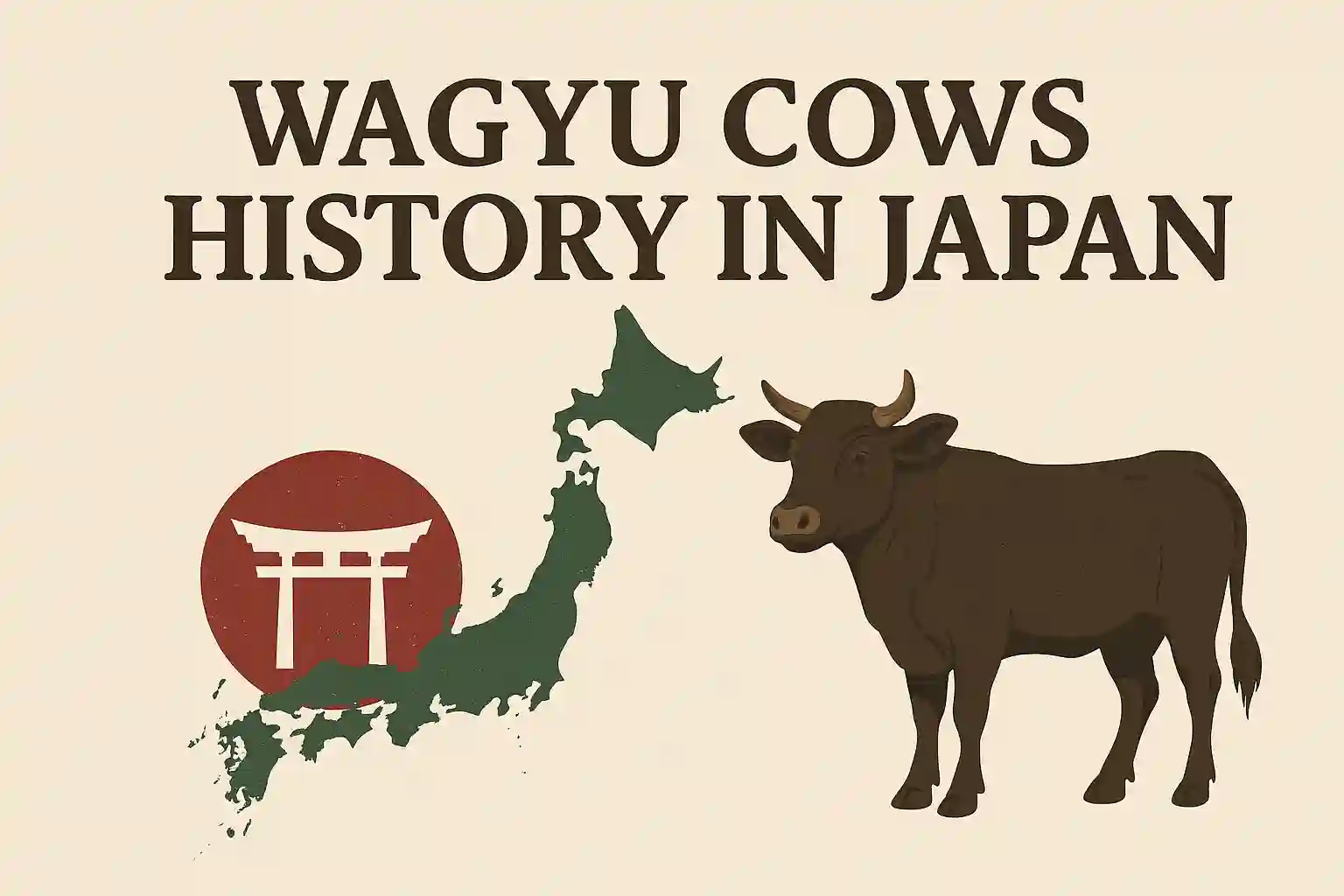
Wagyu cows have a rich history in Japan. It spans centuries and is deeply tied to the nation’s farming past. They were bred for their strong support of traditional farming. Wagyu became a symbol of Japanese culture.
Over time, selective breeding and careful care honed these cattle. Their distinct marbling and exceptional meat honed them. The term “Wagyu” itself shows they are from Japan. It means a unique breed. People celebrate the breed for its role in both labour and gastronomy.
As Japan embraced modernization, it worked harder to preserve Wagyu cattle. This ensured the continuation of the cattle’s role in Japan’s culture and cuisine. Today, Wagyu remains an icon of Japan’s history. It shows their commitment to excellence in farming and cooking.
Wagyu Cattle History in the USA
Wagyu cattle arrived in the United States. They transformed the country’s beef industry. In the late 20th century, breeders imported Wagyu genetics.
This injected a new level of excellence into American cattle breeds. It was first embraced for its marbling. But, Wagyu found its place in the diverse USA.
American farmers adapted breeding techniques. They refined them. This caused Wagyu herds to grow.
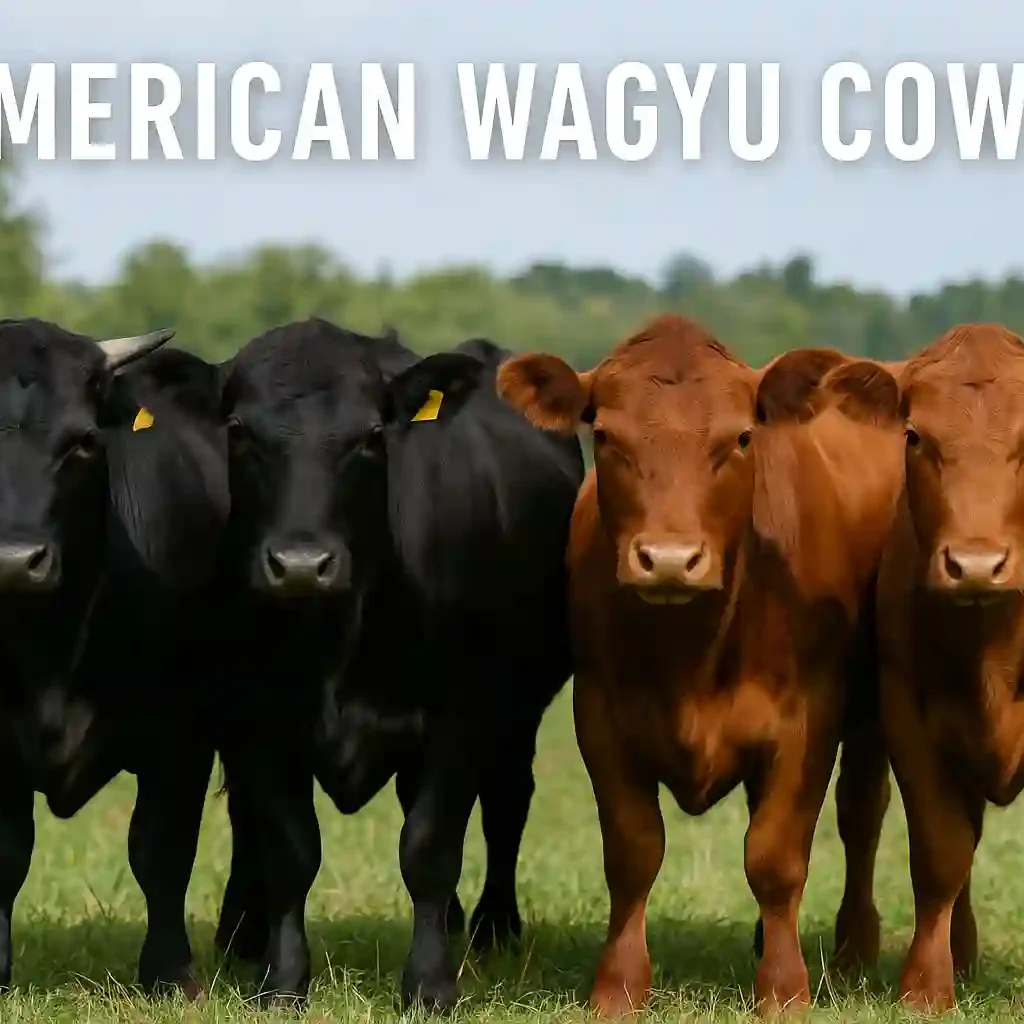
They created a distinctive niche in the nation’s beef production. This merger of Japanese beef heritage and American smarts has led to a thriving Wagyu industry. It has improved the diversity and quality of beef in the United States.
Fun Facts About Wagyu Cow Behavior
Wagyu cattle, known for their calm and peaceful nature, are gentle giants. Despite their imposing size, they are often docile. This makes them easy to handle on the farm.
Health Considerations of Wagyu Cow
People celebrate the Wagyu cow for its great quality and marbling. But, it also has health issues. Consumers should be aware of them.
Diet and Lifestyle of American Wagyu Cow
Think of the Wagyu cow as part of a universal health perspective. This perspective includes a varied diet, regular exercise, and other lifestyle factors. Individual health conditions and dietary preferences should guide choices.
Social and Sustainable Practices
Consideration for Animal Welfare: Some consumers focus on sourced and raised beef. Choosing Wagyu from humane and sustainable farms aligns with these values.
Grass-Fed Wagyu
Some Wagyu cattle are often fed grass. This changes their nutrition. Consumers seek specific diets. They may explore grass-fed Wagyu for different fats.
Consultation with Healthcare Professionals
Get individualized health guidance. You can consult with healthcare professionals if you have specific health concerns. This includes nutritionists or dietitians. They can give you personalized advice on adding Wagyu beef to your diet.
Wagyu Breeds
People revere Wagyu cattle for their premium beef. They showcase a rich tapestry of breeds. Each breed contributes distinct qualities to the Wagyu legacy. There are different types of wagyu cows.
Japanese Black
Kuroge is the Japanese Black Wagyu. It is the epitome of Wagyu excellence. It enchants beef lovers worldwide with its unmatched marbling and tender meat. Kuroge beef has a deep, rich flavour and melt-in-your-mouth texture.
This has earned it an excellent reputation. It is at the forefront of premium beef production. Japan’s careful and traditional farming practices raised the breed. It embodies Wagyu’s essence. It sets the gold standard for marbling.
This marbling elevates any dining experience. The fat within the meat is an intricate web. It is a testament to Wagyu’s farming skills. This makes Japanese blacks a revered breed in the world of fine food.
Japanese Brown
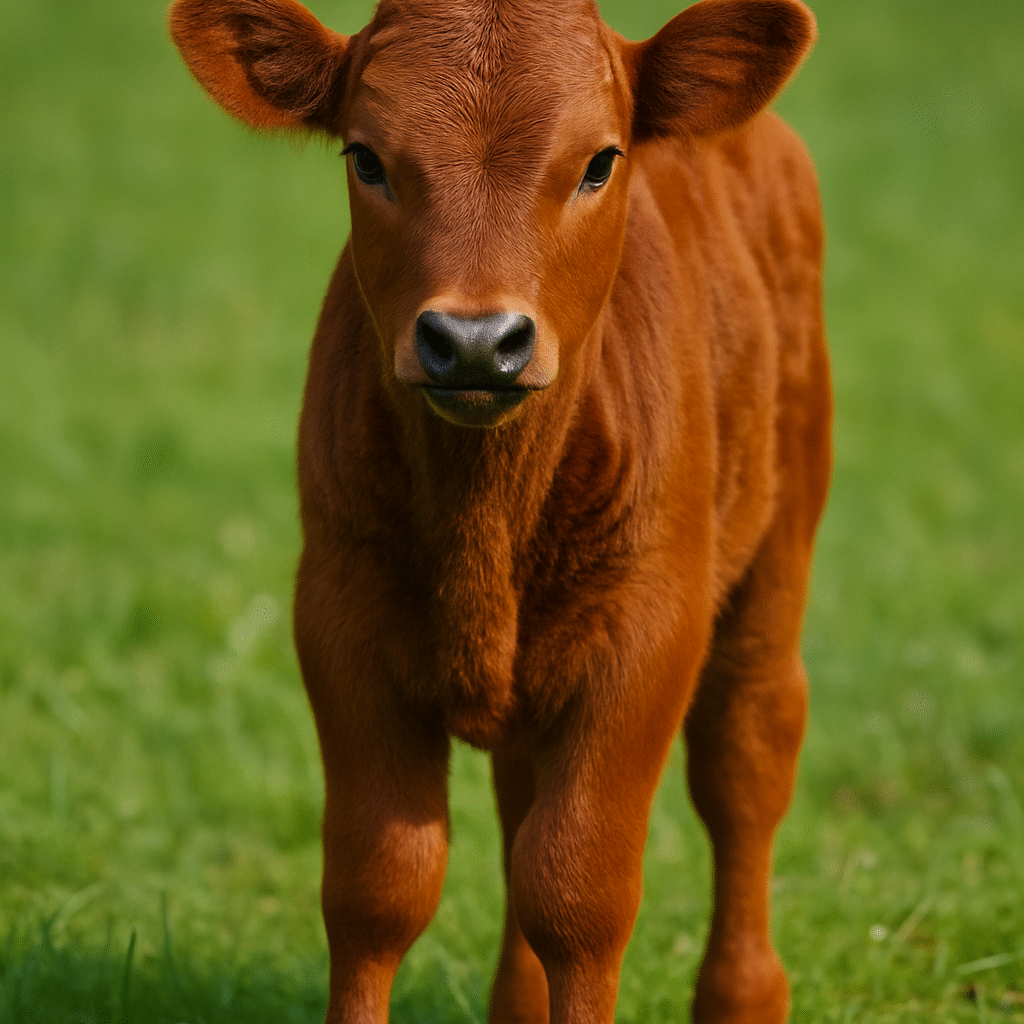
The Akage is a type of Japanese Brown Wagyu. It has a balance between marbling and leanness. This balance creates a nuanced flavour for discerning palates. Akage cattle have a rich reddish-brown coat.
They produce beef with perfect marbling and balanced lean muscle. This mix makes a succulent and refined flavour. It appeals to those who like the interplay of textures in each bite. Akage’s contribution to the world of Wagyu goes beyond its physical attributes.
It reflects a careful breeding process. This process captures the essence of Japanese craftsmanship. It has a captivating flavour and balanced composition. Japanese Brown Wagyu continues to captivate the senses and redefine premium beef.
Japanese Polled
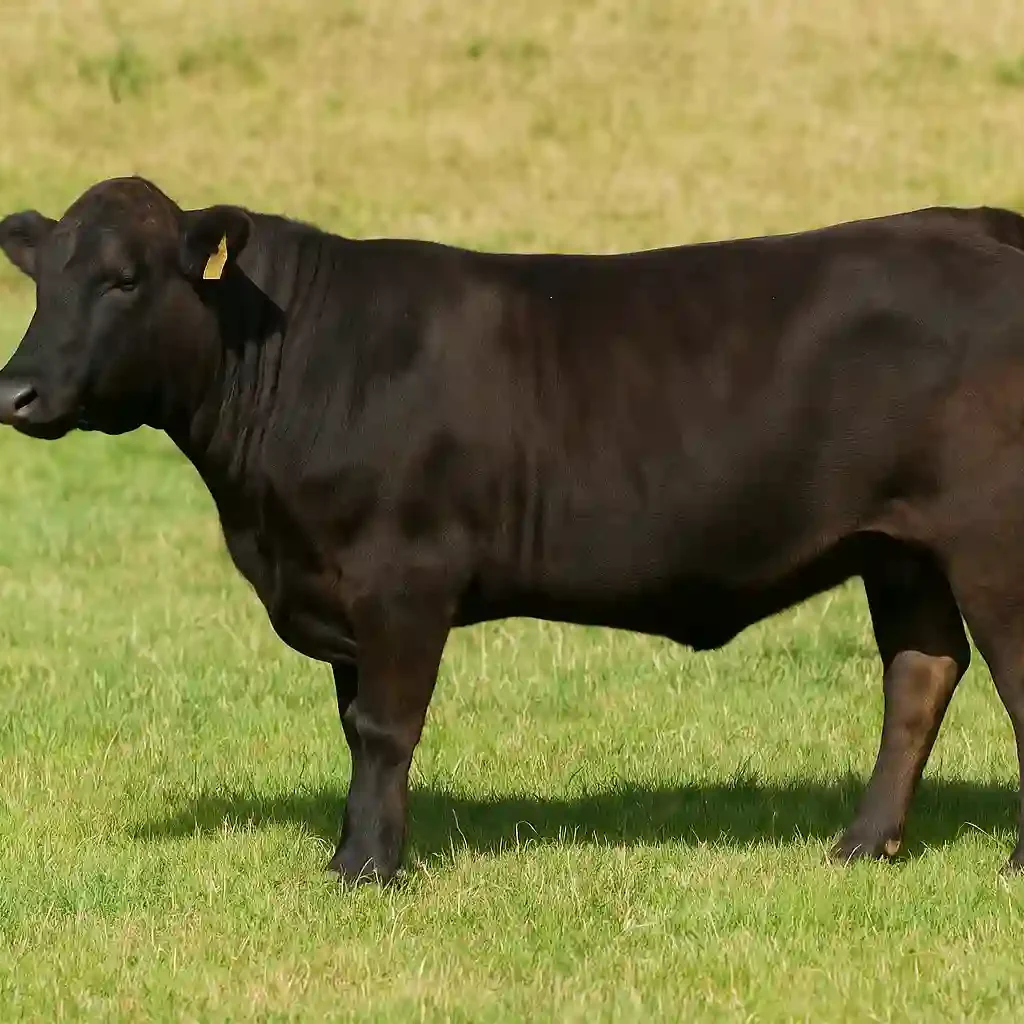
The Japanese Polled Wagyu, or Mukaku is a calm and unique part of the Wagyu spectrum. Mukaku cattle are notable for their hornless elegance. They have a serene disposition. This helps to create a calm and harmonious farming environment.
The absence of horns enhances safety for both handlers and fellow cattle. This breed is adaptable and gentle. It is a valuable addition to Wagyu farming. It fosters an atmosphere of ease and cooperation.
Beyond its physical traits, Mukaku shows the balance between nature and nurture. It exemplifies the skill in Wagyu breeding. In the world of premium beef, Japanese Polled Wagyu adds calm and usefulness to the art of Wagyu farming.
Japanese Shorthorn
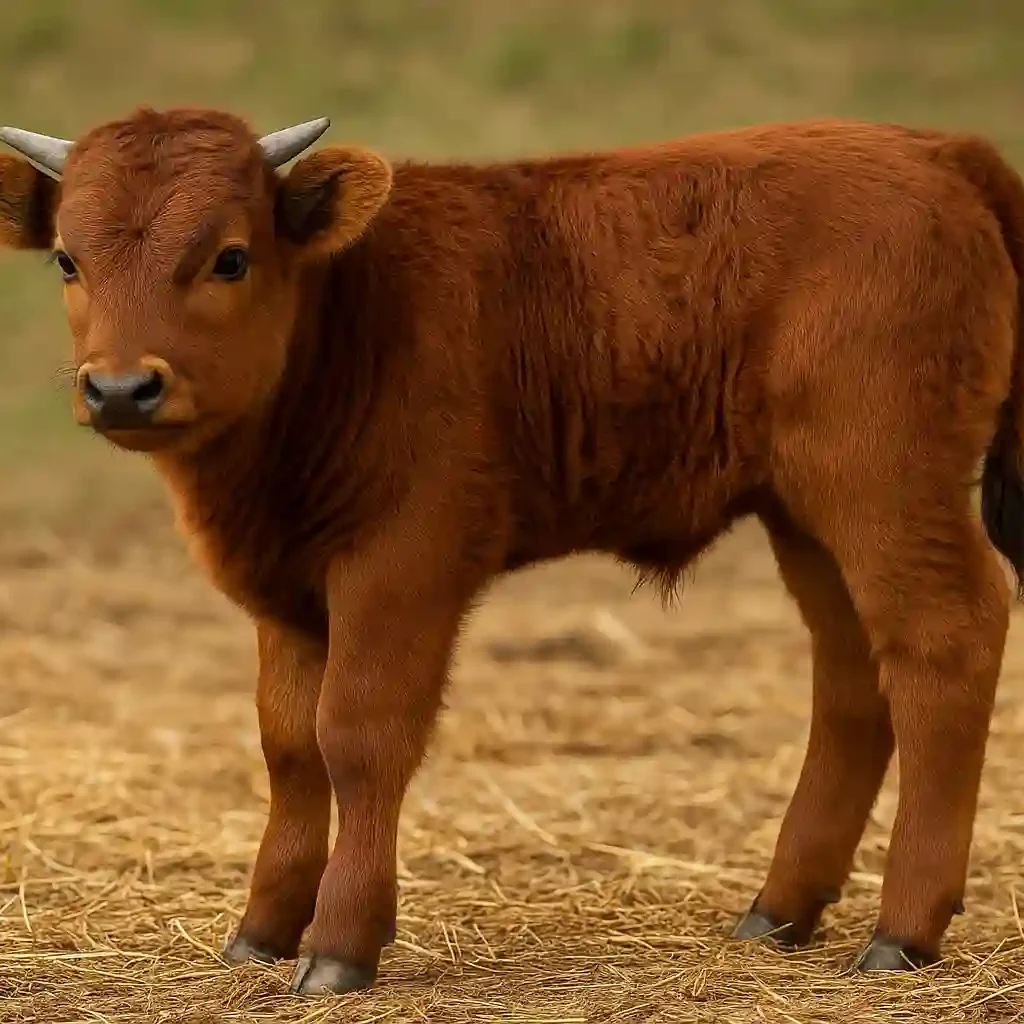
People know the Japanese Shorthorn Wagyu as Nihon Tankaku. It brings a unique flavour. It also brings tough adaptability. They are valuable in the diverse world of Wagyu cattle breeds. We recognize its individual genes and short, sturdy build.
Nihon Tankaku thrives in many places and shows Wagyu’s versatility. This breed adds a distinct taste to Wagyu cow. It appeals to those seeking a nuanced and robust culinary experience. Nihon Tankaku can adapt to different climates.
This shows its resilience. It is a valuable part of Wagyu farming worldwide. The Japanese Shorthorn is more than for beef. It embodies a blend of flavour and adaptability. These traits enrich the tapestry of Wagyu’s excellence.
Wagyu Cow as a Cultural Symbol
Wagyu is premium beef. It’s a cultural symbol rooted in Japanese heritage. It reflects values, traditions, and culinary art. Wagyu is not known for its great marbling and taste. It embodies the essence of Japanese farming and the link between nature and cooking.
Cultural Heritage
Wagyu is a testament to Japan’s rich agricultural history. The careful breeding and reverence for these cattle show the country’s commitment. They commit themselves to preserving their cultural heritage.
Symbol of Quality
Wagyu has become linked with excellence. It symbolizes the pursuit of perfect beef. Recognizing it as a delicacy shows Japan’s commitment. They aim to deliver the highest quality food.
Connection to Nature
The breeding and care of Wagyu emphasize a harmonious connection with nature. Wagyu farming practices often use traditional methods. They reflect a cultural respect for the environment and the animals that add to its bounty.
Gastronomic Artistry
Wagyu is not a commodity but an art form in Japanese cuisine. It is its meticulous preparation and appreciation for marbling. The culinary mastery involved makes Wagyu a symbol of gastronomic artistry.
Culinary Rituals of Wagyu Beef
Wagyu’s presence in traditional Japanese cuisine further solidifies its cultural significance. Cultural practices and rituals tie Wagyu. People enjoy it for special celebrations or daily meals.
Global Culinary Ambassador
Wagyu’s global recognition positions it as a culinary ambassador for Japanese cuisine. Its worldwide popularity introduces people to Japan’s flavours and traditions. Japan’s culinary tapestry embeds them.
Cultural Sustainability
Preserving Wagyu breeds. This shows a commitment to cultural sustainability. It comes from sticking to traditional breeding methods. Wagyu is a bridge from the past to the present. It ensures that cultural practices endure for future generations.
Cultural Tourism
The allure of Wagyu draws culinary enthusiasts to Japan, contributing to cultural tourism. Visitors seek an authentic experience. The cultural nuances of Wagyu farming and dining captivate them.
In essence, Wagyu is more than beef. It is a cultural icon. It reflects Japan’s commitment to tradition, excellence, and the art of cooking. It is a symbol. It shows the essence of Japanese culture and its profound link to the land and its people.
Wagyu beef
Japanese Wagyu beef is famous worldwide for its peerless quality and great taste. It comes from Japanese cattle breeds known for their exceptionally intense matches. Wagyu beef has a lot of intramuscular fat. This gives it a melt-in-your-mouth love and a rich buttery flavour.
These traits set it apart from other beef types. The meat has marbled fat throughout it. This gives it a succulent texture. It makes each bite a delight. Farmers raise Wagyu cattle with meticulous care. They follow traditional Japanese husbandry practices.
These focus on the well-being of the animals. They add to Wagyu’s mystique and desirability. It captivates the palates of connoisseurs worldwide. They serve it as a sizzling steak or in delicate sushi.
Conclusion
We conclude our exploration of Wagyu cows. Remember, the Wagyu cow is a culinary delight and a cultural symbol with a rich history. Whether you’re a Wagyu expert or a curious newcomer, Wagyu offers endless options. You can discover and appreciate it.
